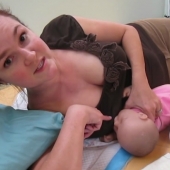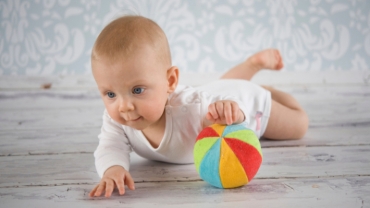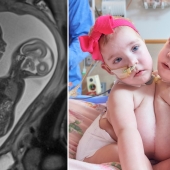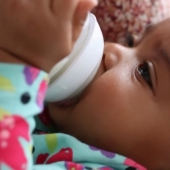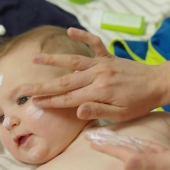Even though ringworm sounds pretty awful, it's not as bad as the name implies. For one thing, there are no worms involved. It's actually a fungal skin infection that gets its name from the ring- shaped spots it creates.
Most babies get ringworm after having direct contact with another child or an adult who carries it. It can also be spread by sharing infected hats, brushes, or combs. The spots may be itchy and uncomfortable and can appear anywhere on your baby's body.
Three fun facts about ring worm: At first, the spots may not look like rings. Instead, you may see one or more circular patches with raised and scaly border. As they get bigger, you'll notice normal-looking skin in the center.
Your pet can carry it. Your baby can pick up ringworm from a dog or cat or from crawling where an infected animal has been. It won't go away on its own. If you suspect ringworm, bring your baby in.
Most of us can diagnose ringworm just by looking at it or we can scrape off cells and have them analyzed at the lab. Your pediatrician may recommend a fungal cream or an oral treatment depending on the location of the ringworm. Even if your baby's skin starts to look normal again, make sure you finish the prescribed treatment to be sure that you properly treat the infection.
- 15 views


